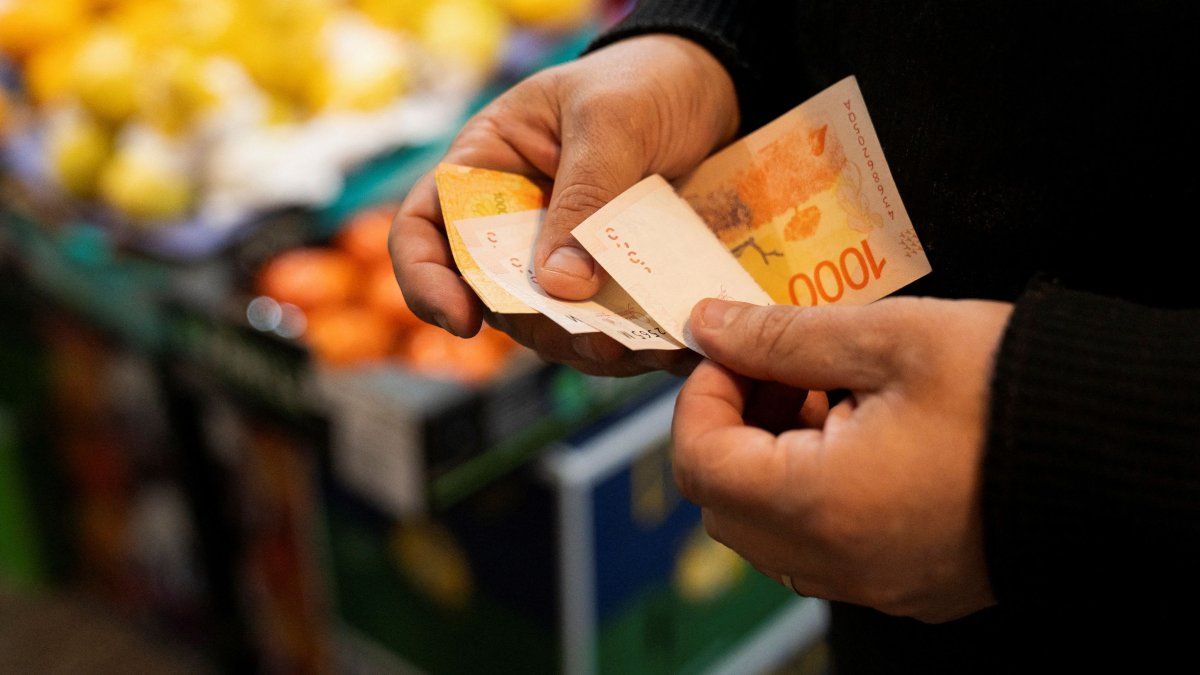The numbers of the economy deepened their declines during June in a multitude of sectors. For example, the Consumption Indicator (IC) of the Argentine Chamber of Commerce and Services (CAC) showed a decrease of 9.8% during June, in the year-on-year (y-o-y) comparison, implying a seasonally adjusted decrease of 3.3% facing may (i.e., discounting the usual seasonal effects of consumption throughout the year).
This indicator developed by the CAC reflects the evolution of household consumption of final goods and services on a monthly basis.expanding and complementing the information contributions that the Chamber makes to the monitoring of trade and economic activity.
Thus, The IC has accumulated a decrease of 5.3% year-on-year in the first six months of the year, showing a deterioration in consumption during the first half of the year.
This occurs in an economic scenario where inflation rose slightly, interrupting the downward trend of the consumer price index. In June 2024, the monthly rate was 4.6%, with an interannual rate of 271.5% and an annual cumulative rate of 79.8%.
The performance of the Argentine economy and consumption show a similar behavior, which is expressed in interannual variation rates that usually increase or decrease along the same line. For much of 2024, the interannual variations of both the IC and the EMAE registered negative variations: that of consumption continues to date, but that of activity was interrupted in May. During In the fifth month of the year, the EMAE showed an interannual growth of 2.3%, interrupting the negative variations until then.
The growth of the EMAE was driven mainly by the agricultural sector, which marked an increase of more than 100% year-on-year following a notably negative 2023 due to the drought.
Consumption declines in June: sector by sector
When analyzing the performance of some particular items, a general dynamic of year-on-year decline compared to the values of June 2023.
The heading of Clothing and footwear showed an estimated decrease of 26% year-on-year in the sixth month of the year, with a negative contribution of 1.9% to the 9.8% ia decline of the IC. Again, it is explained by the postponement of non-essential consumption due to a fall in real household income. Credit card debt also fell year-on-year.
On the other hand, the chapter of transport and vehicles showed a estimated decline of 12.4% yoy in June, contributing negatively by 1.5% to the year-on-year variation of the CI. The fall is explained by a level of car registrations that fell by 24% year-on-year, marking a very low value for the month.
Recreation and culture showed a decrease of 33.7% year-on-year in June (with a negative contribution of 2.6 pp to the IC). This is explained by the same reasons as the clothing and footwear segment: the fall in real income reduced purchasing power and postponed access to goods and services related to leisure.
Regarding the section of housing, rents and utilities, This showed a estimated decline of 5.7% yoy in June. This decline is mainly due to lower electricity demand than the previous year and a contraction in real income.
Regarding the rest of the sectors, these experienced an estimated contraction of 5.1% yoy in June (and an incidence of 2.7 pp), positioning themselves at levels 2.2% below those of pre-pandemic.
Source: Ambito




